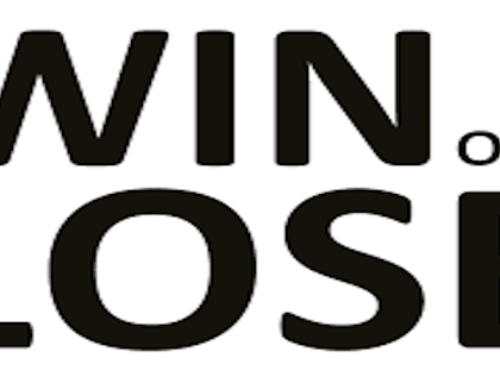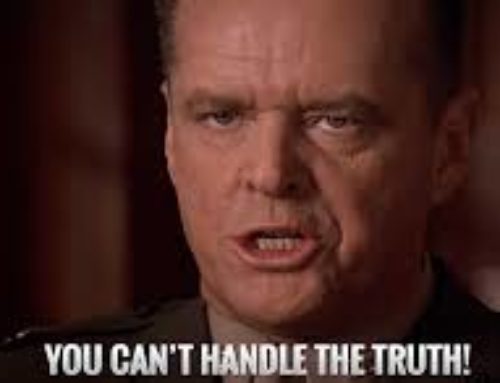When people think of choreography, dance performances usually come to mind. But sales leaders can learn quite a bit from the choreography, too.
By choreographing the entire sales process from start to finish, sellers can visualize the key points of a conversation that will lead to a sale. Equally important, by preparing themselves adequately, salespeople can remove many of the stresses and barriers to telling an effective story, and can adapt better on the fly. Preparation is the single most controllable aspect of any sales process. If you come into a meeting prepared for likely conversations, and you have a firm grasp on who you are talking to, chances are that you will acquit yourself well.
To learn more about choreographing the sales process, I recently sat down with Kiva Kolstein, Vice President of Business Development at AlphaSense, Inc.
This interview has been transcribed from a recent podcast episode. If you would like to listen to the full audio, check out the full interview with Kiva Kolstein at Best Selling Podcast or just use the media player below.
Vince Beese: I wanted to start off this conversation talking about choreography.
I know it’s kind of an unusual word to use with a sales leader. But I did read your blog post about choreographing the Enterprise sales process. And I also assume you’re a big fan of Hamilton. Is that correct?
Kiva Kolstein: I am, and I am.
Vince Beese: Okay. So start us off and give us kind of an overview of what you mean by choreographing the entire sales process.
Kiva Kolstein: Sure. So I think the best way to think about it is we ask sellers to memorize, so they can be freed up to be in the moment and not have to think about what they want to say.
Instead, they’ve prepared what they want to say and can spend the time reacting to what they hear from customers.
Sales has long asked sellers to memorize an elevator pitch, memorize the voiceover on a deck or on a demo. And so this concept of choreographing the Enterprise sales process is the idea or the concept of memorization on steroids.
It’s recognizing that every single interaction that you have with the prospect or client will potentially impact the outcome of a deal, and so you want to leave nothing to chance. You don’t want to wing anything. You want to choreograph the entire process and that starts at the beginning.
Vince Beese: So, I guess the big takeaway from that statement is that by memorizing what you’re going to say, it really frees your mind, right?
So it frees your mind, clears your mind, to be able to really listen to the customer, is that correct?
Kiva Kolstein: That’s exactly right.
Vince Beese: Okay. So, how did this start? Is it just something you read about or something you over time said, “you know, I think I really need to write this whole process out and train my sellers to really memorize this.”
Kiva Kolstein: Yeah, I don’t know that there was any one big moment that that led to me thinking this way. I think it’s a combination of of my own sales experience as an Enterprise seller and of the various sort of external sales methodologies that I’ve either participated in or subscribed to over the years. Miller Heiman, Sandler, etc. And just this idea that that following a process works.
And so as a sales manager or as a sales leader, delivering a process to the seller that they can follow every single time, enables me to blame the process and not the seller when it fails.
Vince Beese: So this is an enterprise process, right? These are sellers that are selling deal sizes that are a little bit more complex than let’s say SMB or mid-market.
Kiva Kolstein: That’s right.
Vince Beese: Okay, would you also incorporate this if you were managing a team of mid-market or SMB? Or some of this some version of this?
Kiva Kolstein: Some version of this. Yeah, so I think the choreography changes but I think this idea that you should know what you want to say, understand the value prop by persona, understand in advance of the meeting how you plan to respond to objections, or go through discovery, would be the same —regardless of the size of the company that you’re calling on. It just might be a slightly different process.
Vince Beese: So one might think that by having a strict process like this, a scripted process like this, it might make the sales person too rigid or less creative. What are your thoughts on that?
Kiva Kolstein: I think just the opposite. I think that’s right — I think that is the immediate reaction. But counter-intuitively, like we were saying earlier, it frees you up to be more creative, to be in the moment, to be able to pivot and respond to what you hear, as opposed to trying to come up with what you want to say.
When you’re forced to think about what you want to say, or how you plan to respond to this, or what you want to do next, you can’t possibly at the same time truly be in the moment responding to what you’re hearing on the other side of the table.
Vince Beese: So how do your new reps —or when you first put this process in place —how do they initially react to this?
Kiva Kolstein: Well, I think the initial reaction is as you described. You know, “I don’t want to be robotic. I’ve been in sales a long time. I have my own process.” Or “I want to be creative and be able to respond to the client.”
And so that’s okay. You know, once you and I get into the process, I think what you’ll find is it’s not a lot of memorization. It’s a lot of preparation.
So the preparation actually leads to a better outcome and and that’s what we’re trying to prove here.
Vince Beese: Basically what you’ve put together is your playbook, and your playbook includes the process from lead discovery right? So research, discovery, qualification, selling, closing — you’re just taking them through this process again, so everybody’s on the same page.
I would imagine this is similar to enlisting into the army, right? I can’t just go out and fight the enemy. I first need to get some training, understand what the process and regulations and rules are before I go in there, to make me a more effective soldier, right?
Kiva Kolstein: Exactly. It’s the Army. It’s being an athlete on a team. You may be experienced or inherently good at the thing that you’re being asked to do, but in order to gain an advantage, to win the majority of the time, you want to follow what has worked. And so what we’re trying to put together is a playbook that we know works.






Leave A Comment